
If you’ve ever found a forgotten book of stamps in a drawer, you might have wondered: do postage stamps expire?
Last Updated Nov 19, 2025 – 4 min read
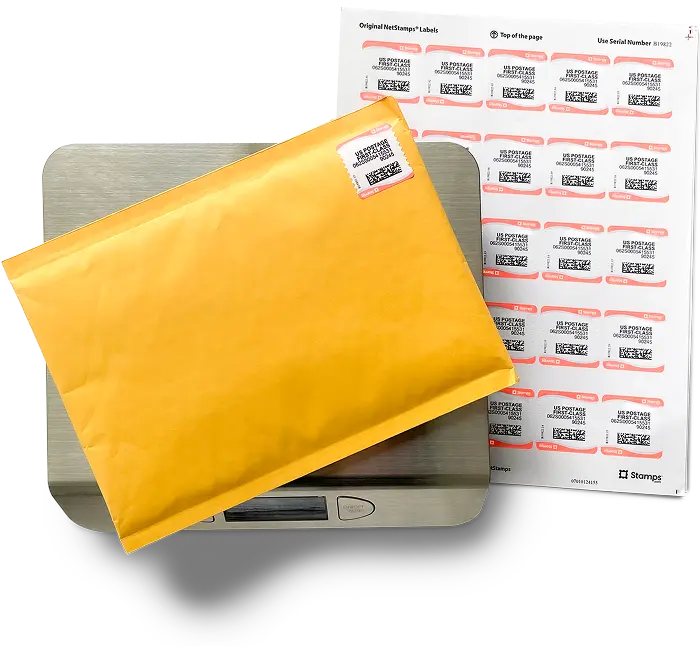
See today’s discounted USPS rates at a glance. Compare options, estimate costs, and avoid surprises at checkout.
Get Discounted Postage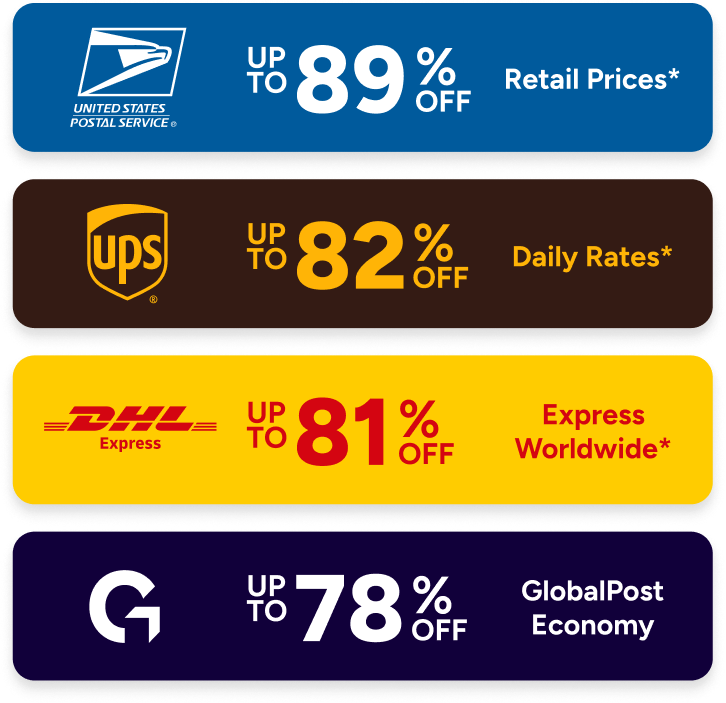
Compare live carrier rates across services to balance speed, tracking, and cost for every shipment.
Try Our Free Rate Calculator
Compare live carrier rates across services to balance speed, tracking, and cost for every shipment.
Try Our Free Rate Calculator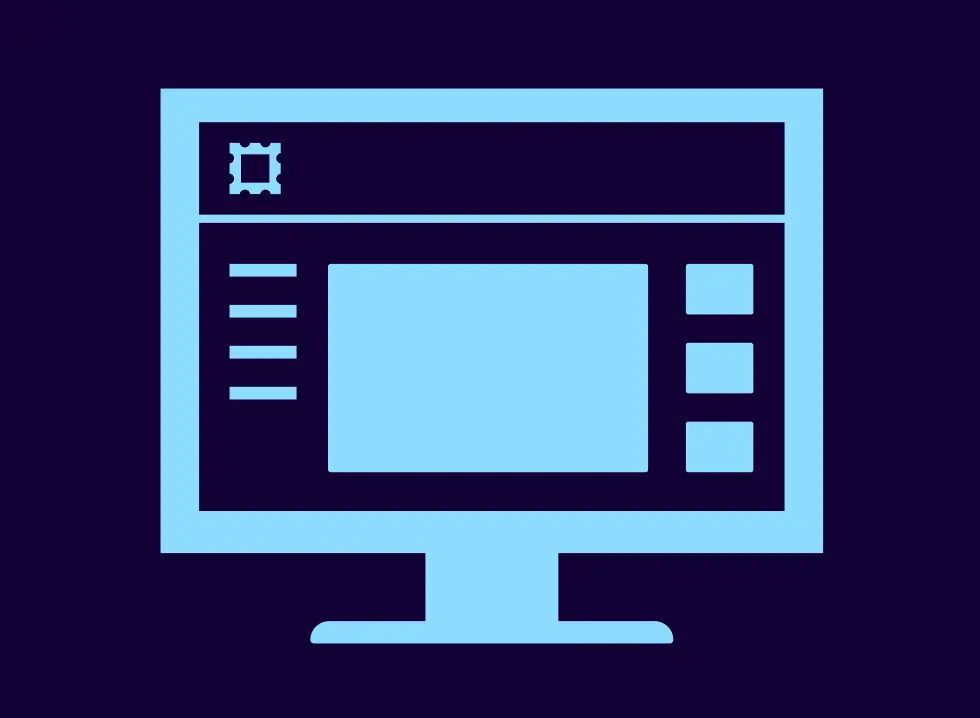
Compare leading mailing and shipping software, learn essential features, and pick the right platform for growth.
Read the Article
Explore features business owners need, compare providers, and choose software that scales with your growth.
Read the Article


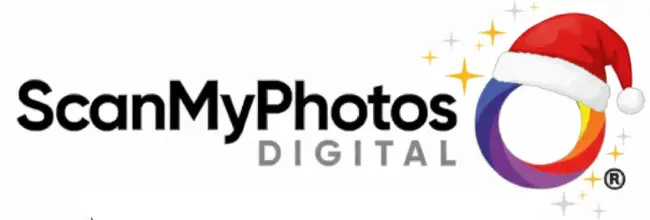
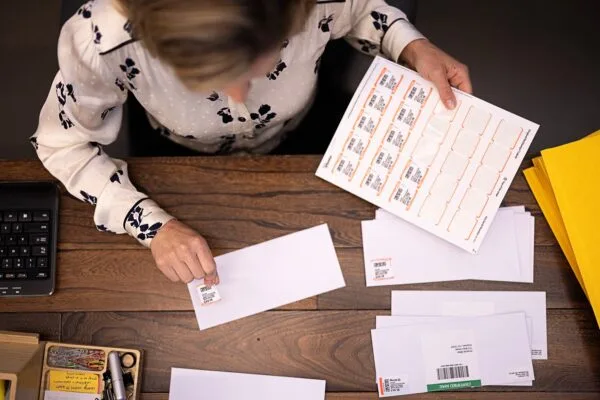
Learn how Lewis & Associates Capital Advisors eliminated time-consuming trips to the post office by implementing Stamps.com's online mailing solution, saving up to 30% on postage costs while reclaiming valuable hours for client-focused work.
Read Their Story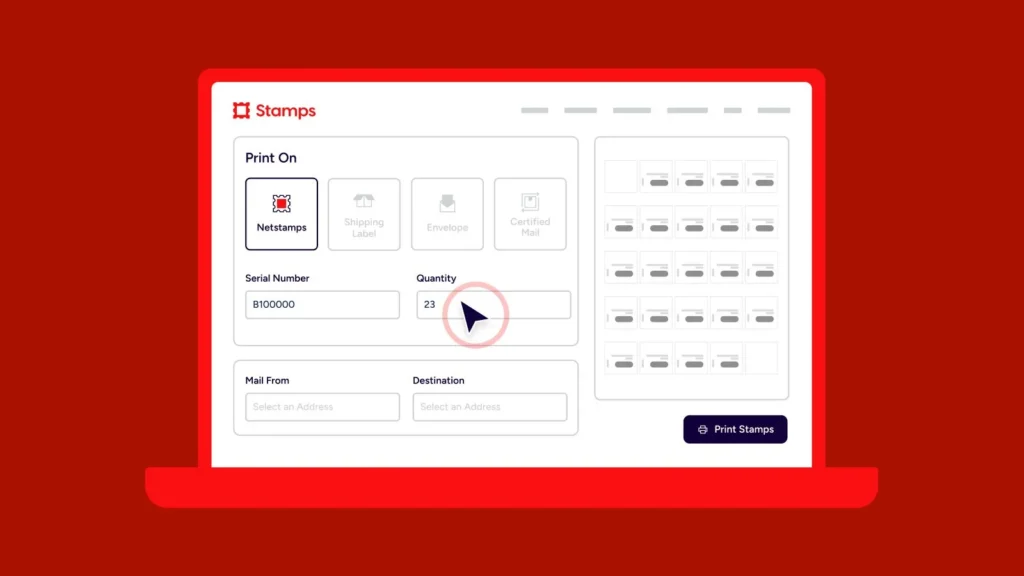
Step by step guide to printing NetStamps at home, including supplies, setup tips, and common fixes.
Read the Article
With the right approach and tools, you can handle your holiday communications efficiently without the last-minute scramble. This guide shows you how to streamline the process, avoid common pitfalls, and maintain your professional image during the busiest time of year.
Read the Article
Stamps.com lets you compare all carrier rates and services all in one place, every time you ship.
Try Our Free Rate Calculator
If you’ve ever found a forgotten book of stamps in a drawer, you might have wondered: do postage stamps expire?

If you’ve ever found a forgotten book of stamps in a drawer, you might have wondered: do postage stamps expire? The good news is that in the United States, postage stamps generally don’t have an expiration date. However, there are some important details to understand about how older stamps can be used and when additional postage may be required.
One of the most common types of stamps today is the Forever Stamp. These stamps were introduced by the U.S. Postal Service (USPS) in 2007 as a convenient way to avoid the hassle of constantly buying new denominations when postage rates increase.
You can use them at any time to mail a standard First-Class letter, no matter the current rate. For example, if you bought Forever Stamps when the cost was $0.41 and today’s rate is $0.73, you can still use that old stamp without paying extra.
This makes Forever Stamps not only convenient but also a smart investment for people who want to lock in current postage prices before future increases.
You can use old stamps, including those that aren’t labeled as “Forever.” USPS stamps do not lose their validity over time. If you have older stamps with a printed value—say $0.29 or $0.50—you can still use them to send mail.
The key is that the total postage on your envelope must match or exceed the current rate. So, if today’s First-Class letter rate is $0.73 and you have a $0.50 stamp, you can simply add a $0.23 stamp (or combination of smaller denominations) to make up the difference.
Many people keep a variety of small-denomination stamps (like 1-cent or 5-cent stamps) on hand to “top up” older stamps when rates rise. This way, no stamp goes to waste—even those purchased decades ago.
A lot of people wonder if stamps expire, usually assuming that postage works like coupons or gift cards with a set timeframe. But USPS stamps, unlike promotional items, do not have an expiration date.
The confusion often comes from a few situations that seem like stamps have expired:
As long as the stamp is undamaged and the total postage meets current rates, you can use it—whether it’s 5 years or 50 years old.
If you’ve collected older stamps or recently uncovered some hidden in a drawer, here are a few simple tips to make the most of them:
U.S. postage stamps, including Forever Stamps, never expire. Whether you’re mailing a birthday card or paying bills, you can confidently use stamps you purchased years ago. Just make sure the total value matches the current postage rate, and your mail will be good to go.
If you regularly send mail, buying Forever Stamps in advance can be a smart way to protect yourself against future postage price increases. And if you find older stamps tucked away, don’t toss them—they’re still valid and valuable.